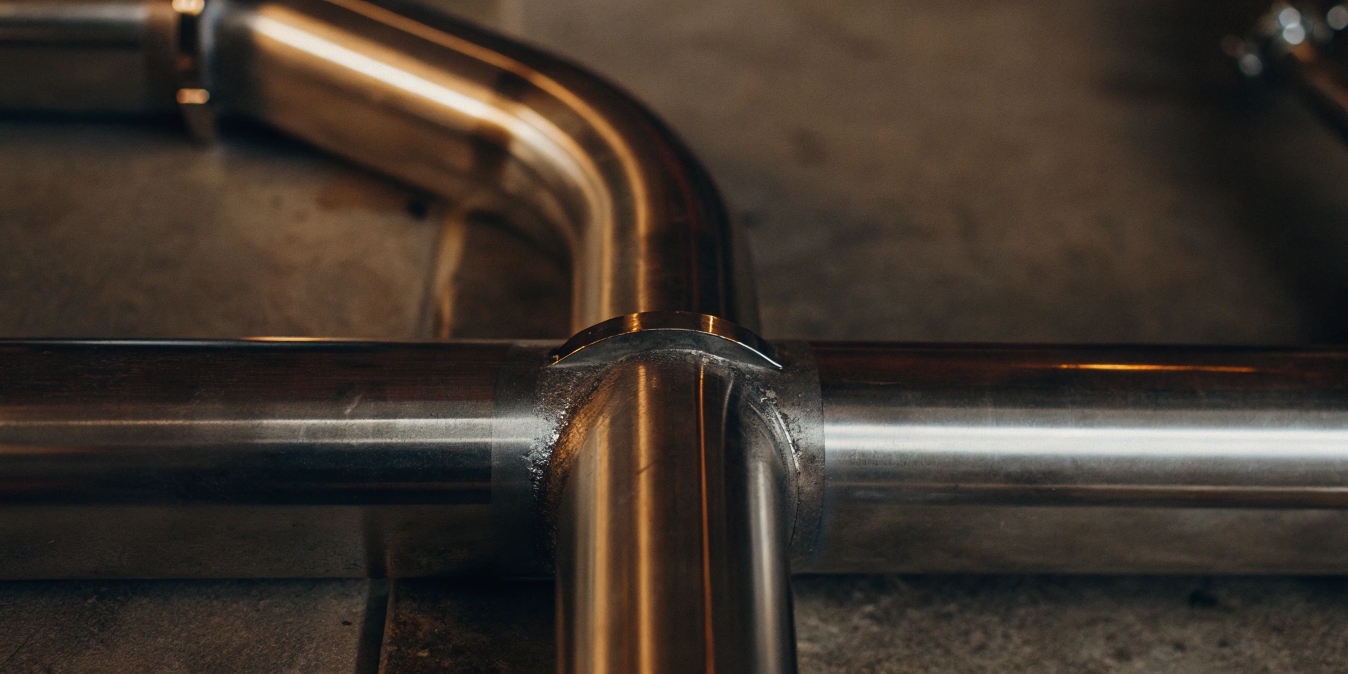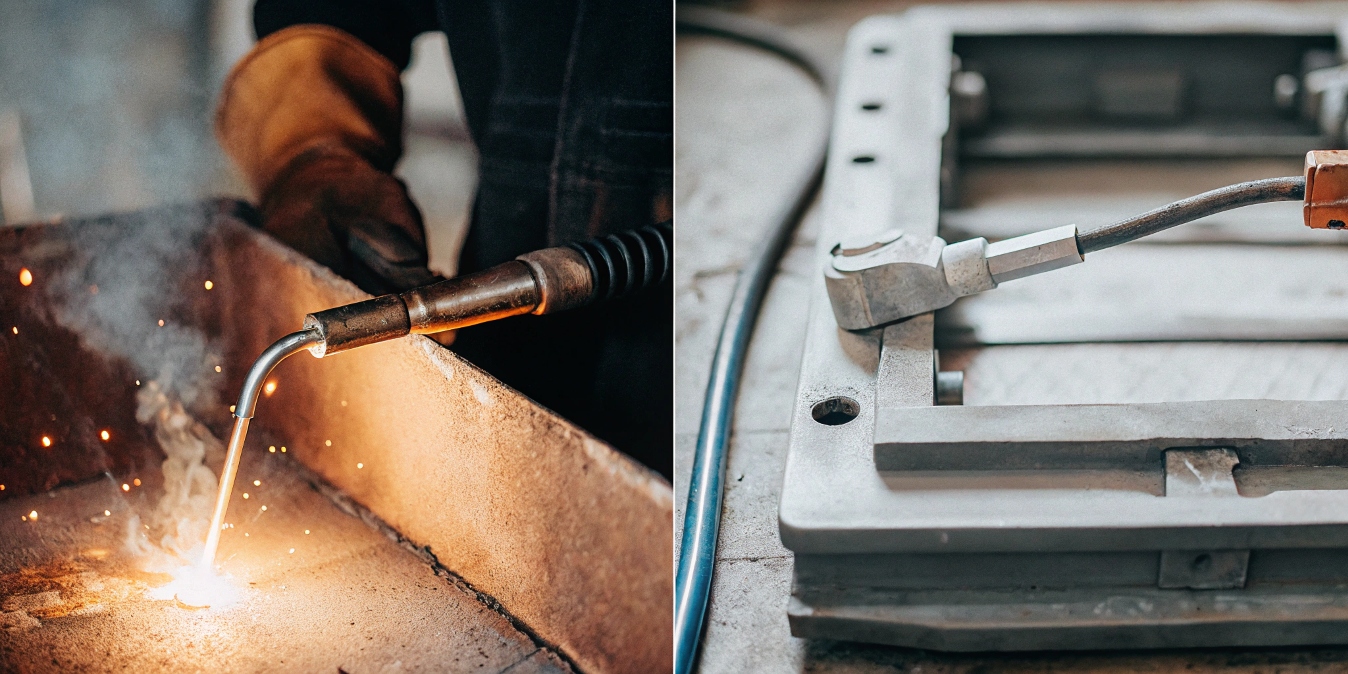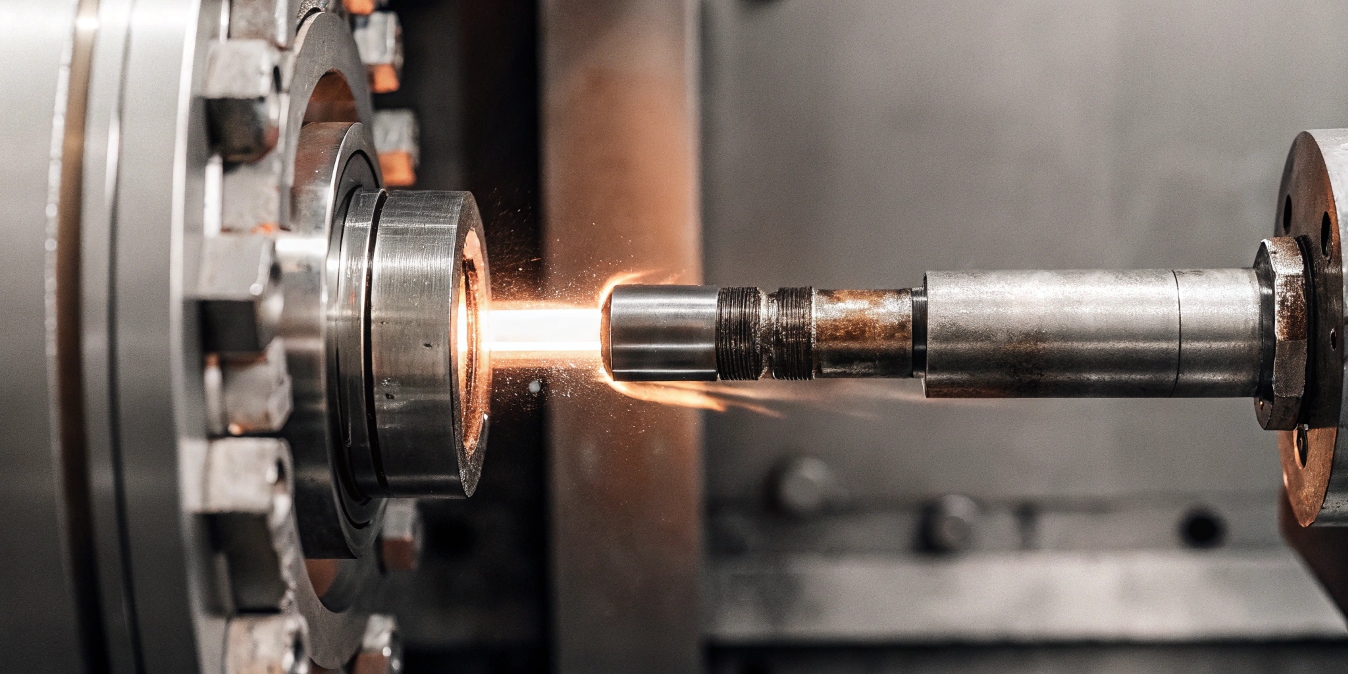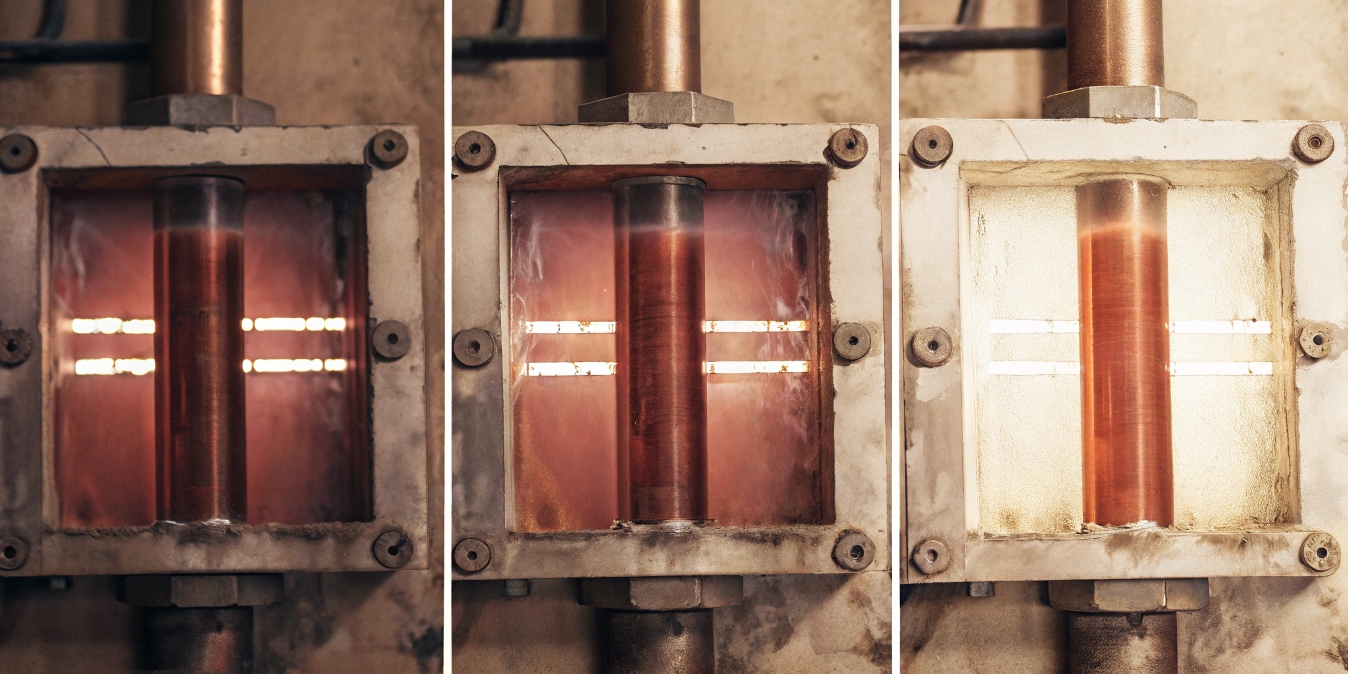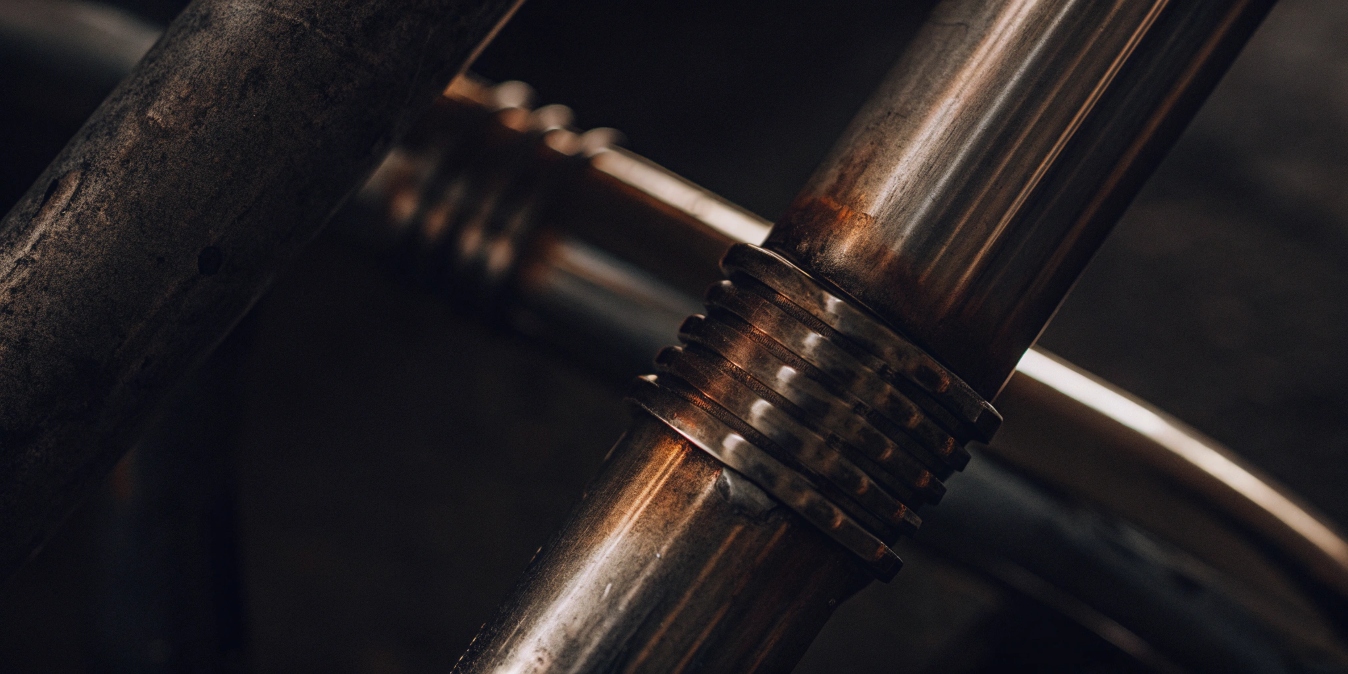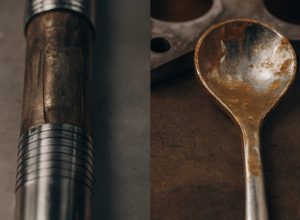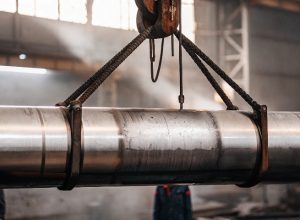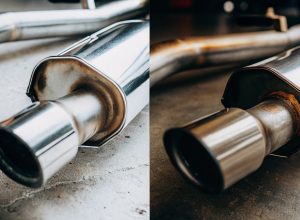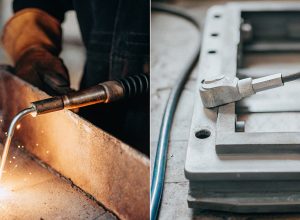Soldar titanio parece sencillo, pero las soldaduras fallidas cuestan tiempo y dinero. El material se agrieta, los proyectos se paralizan y uno se pregunta qué ha fallado. El secreto está en el entorno.
El titanio debe soldarse al vacío o bajo una protección de gas inerte. Esto se debe a que, a altas temperaturas, el titanio reacciona agresivamente con el oxígeno y el nitrógeno del aire. Esta reacción hace que la soldadura sea quebradiza, débil y propensa a fallar bajo tensión.
Llevo más de una década en la cadena de suministro del titanio. He visto a empresas, grandes y pequeñas, enfrentarse a este mismo problema. Un cliente como Ahmed, que dirige una empresa de distribución de metales en Turquía, necesita asesorar correctamente a sus clientes. Una mala soldadura no solo arruina la pieza, sino que también puede dañar la reputación de un proveedor. Es un reto, pero una vez que entiendes el "por qué" del proceso, resulta mucho más sencillo de gestionar. La clave no está sólo en fundir el metal, sino en protegerlo cuando es más vulnerable. Desglosemos las reglas esenciales para unir con éxito este increíble material.
¿Hay que soldar titanio en el vacío?
Necesita soldar titanio, pero una cámara de vacío suena complejo y caro. ¿Es la única manera? Saltarse esta protección crucial podría arruinar todo su proyecto y destruir material valioso.
No siempre, pero siempre hay que protegerlo del aire. El vacío proporciona la máxima protección. Sin embargo, para muchos trabajos, el blindaje con un gas inerte de gran pureza, como el argón, es un método más común y práctico. Este proceso se conoce como Soldadura por arco de gas tungsteno (GTAW o TIG)1.
La regla innegociable es que el titanio fundido nunca debe tocar el aire. La elección entre una pantalla de vacío o de gas inerte depende de las exigencias de la aplicación. Para mis clientes de los sectores aeroespacial o militar, la soldadura al vacío suele especificarse para componentes críticos. La pureza de la soldadura es primordial. Sin embargo, para muchas aplicaciones industriales e incluso médicas, una soldadura al vacío adecuada es fundamental. Configuración de soldadura TIG2 con un buen escudo de argón es perfectamente adecuado. He aconsejado a muchos pequeños fabricantes, como los que suministra Ahmed, que inviertan en equipos TIG de alta calidad. Es más accesible que una cámara de vacío y, cuando se hace correctamente, produce soldaduras fuertes y fiables. La clave está en asegurarse de que el flujo de gas es suficiente para cubrir no sólo el charco fundido, sino también la zona de enfriamiento que hay detrás.
Aquí tienes una sencilla comparación que te ayudará a decidirte.
| Método | Nivel de protección | Coste común | Lo mejor para |
|---|---|---|---|
| Soldadura en vacío | Máxima pureza | Alta | Aeroespacial, nuclear, implantes críticos |
| Blindaje con gas inerte | Alta pureza | Medio | Industria general, marina, la mayoría de los sectores médicos |
| Sin blindaje | Ninguno | - | Fracaso garantizado - No utilizar nunca |
¿Qué proceso de soldadura debe realizarse en vacío?
Elegir el proceso de soldadura adecuado para el titanio es confuso. Una elección equivocada conlleva desperdicio de material, piezas poco fiables y una reputación de mala calidad. Aclaremos qué proceso requiere absolutamente vacío.
Soldadura por haz de electrones (EBW)3 es un proceso que debe realizarse en el vacío. El vacío es esencial para que funcione el haz de electrones. También proporciona el entorno de blindaje perfecto para el titanio, lo que da lugar a soldaduras excepcionalmente puras y profundas que son imposibles de conseguir de otro modo.
En mi experiencia en el suministro de lingotes de titanio para aplicaciones especializadas, el proceso EBW es el más utilizado por una razón. Funciona así: la máquina dispara un haz de electrones muy concentrado sobre el metal. Estos electrones viajan a una velocidad increíble y su energía funde instantáneamente el titanio. Si hubiera moléculas de aire en el camino, los electrones chocarían con ellas y se dispersarían, perdiendo toda su potencia. La cámara de vacío despeja ese camino. Esto tiene un efecto secundario fantástico para el titanio: crea la sala limpia definitiva para la soldadura. He visto cómo se utilizaba para unir secciones muy gruesas de Ti-6Al-4V para equipos militares. La soldadura es profunda, estrecha e increíblemente fuerte porque está libre de cualquier contaminación atmosférica. Aunque otros procesos, como la soldadura por haz láser, también pueden realizarse en vacío para obtener mejores resultados, EBW es el que sencillamente no puede funcionar sin él.
¿Qué es una soldadura al vacío?
Se oye mencionar el término "soldadura al vacío" en proyectos de alta tecnología. No entender el término puede hacer que se sienta excluido de discusiones técnicas importantes. Vamos a definirlo en términos sencillos.
Una soldadura al vacío es una unión entre metales que se crea en el interior de una cámara a la que se le ha quitado casi todo el aire. Este entorno de baja presión, o vacío, impide que los gases atmosféricos reaccionen con el metal fundido. Esto produce una soldadura excepcionalmente pura, fuerte y fiable.
El proceso es bastante metódico. En primer lugar, colocamos las piezas de titanio que se van a unir dentro de una robusta cámara sellada. A continuación, unas potentes bombas extraen el aire hasta alcanzar una presión baja específica. Sólo entonces se activa la fuente de calor de la soldadura, como un haz de electrones, dentro de la cámara para fundir y fusionar el metal. A menudo lo veo aplicado en proyectos de ingeniería naval para los que suministro material. Por ejemplo, los intercambiadores de calor de aleación de titanio están expuestos constantemente a agua de mar corrosiva. Cualquier pequeña impureza en una soldadura puede convertirse en un punto de fallo. Al realizar las soldaduras al vacío, los fabricantes se aseguran de que las juntas sean tan resistentes a la corrosión como el propio metal base. Este método ofrece un control inigualable, por lo que se especifica para aplicaciones en las que el fallo no es una opción.
Las ventajas son evidentes y abordan directamente los retos de la soldadura del titanio.
| Características del vacío | Su beneficio directo | Por qué es importante para el titanio |
|---|---|---|
| Sin atmósfera | Evita la contaminación | La soldadura sigue siendo dúctil y fuerte, no quebradiza. |
| Altamente controlado | Excelente repetibilidad | Cada soldadura es tan buena como la anterior; perfecto para la producción en serie. |
| Penetración profunda (EBW) | Suelda piezas gruesas en una sola pasada | Crea uniones más fuertes con menos distorsión por calor. |
¿Busca tubos de titanio de alta calidad?
Explore nuestra gama de soluciones de tuberías de titanio adecuadas para aplicaciones aeroespaciales, médicas e industriales. Nuestros productos están diseñados para cumplir rigurosas normas y ofrecer un rendimiento fiable en diversos entornos.
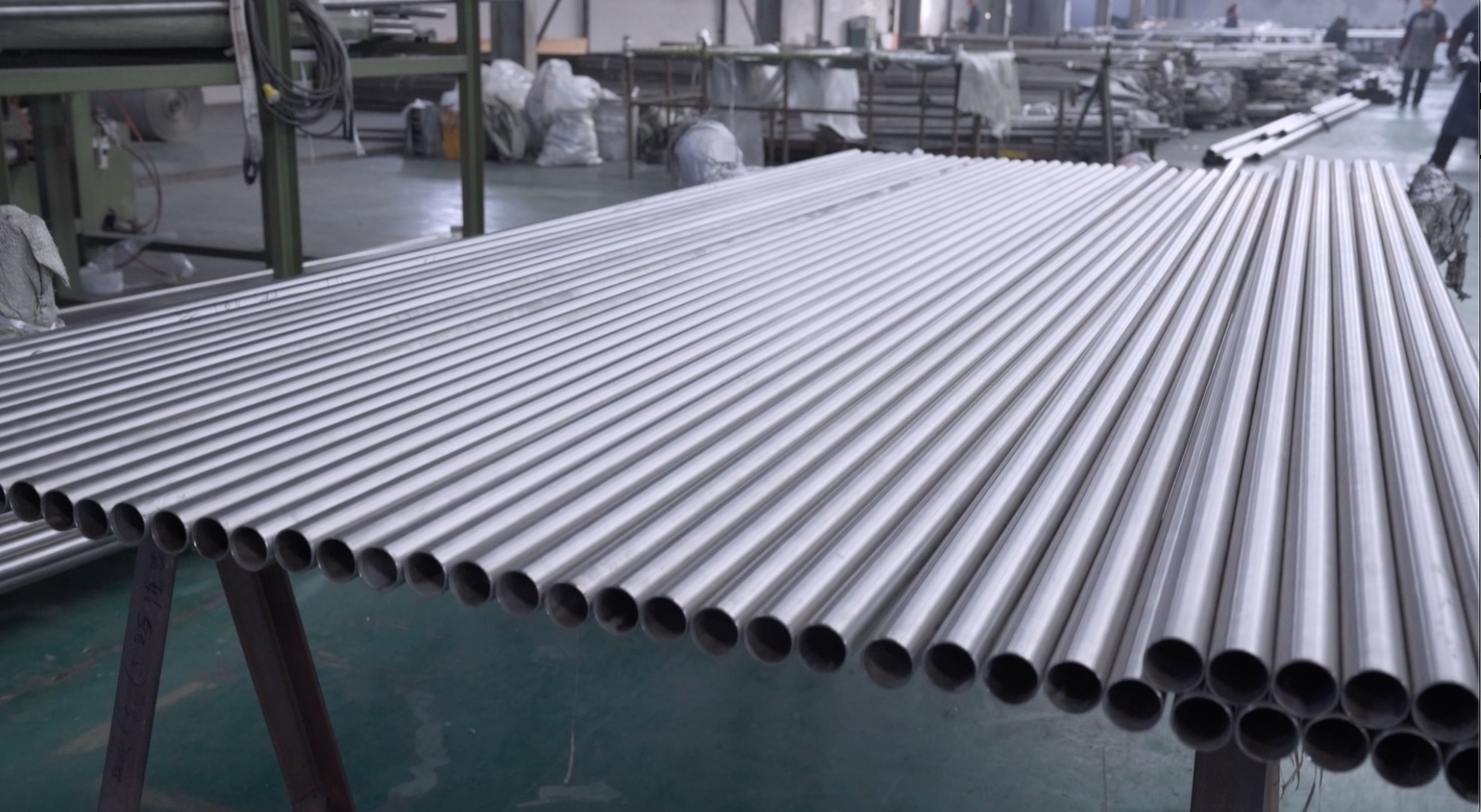
¿Por qué no se puede soldar el titanio?
A menudo se dice que el titanio es "imposible" de soldar, lo que pone nerviosos a los fabricantes. Este mito tan extendido podría impedirle aprovechar las ventajas de este material increíblemente útil. La verdad es más sencilla.
Esto es un completo mito. El titanio se puede soldar muy bien. El problema es su extrema reactividad con el aire (oxígeno, nitrógeno, hidrógeno) cuando se calienta por encima de 427°C (800°F). Sin un blindaje perfecto, como el vacío o el gas argón, la soldadura absorbe estos gases y se vuelve quebradiza.
Recuerdo un caso clásico con un nuevo cliente que fabricaba barras de titanio para uso médico. No conocían el material e intentaron soldar sin un escudo de gas inerte adecuado, pensando que con un hilván rápido bastaría. El resultado fue un arco iris de azul, morado y amarillo pajizo. Aunque coloridas, son señales de advertencia de contaminación grave. La soldadura era tan quebradiza que la varilla se rompió con muy poca fuerza. Tuvieron que desechar todo el lote. Esto les enseñó una valiosa lección: el problema no es el titanio, sino el procedimiento. Cuando el titanio se calienta, actúa como una esponja para los gases del aire. Estos gases quedan atrapados en la estructura del metal, volviéndolo duro y frágil, como el cristal. El éxito de la soldadura de titanio depende de la limpieza y el aislamiento total de la atmósfera. El material, la varilla de relleno y el área circundante deben estar impecables, y el gas inerte o el escudo de vacío deben ser perfectos.
Conclusión
Soldar titanio no es difícil, sólo exige disciplina. Requiere un entorno absolutamente limpio y sin aire, utilizando vacío o gas inerte, para crear uniones fuertes, puras y fiables.
-
Explore GTAW como método práctico para soldar titanio, garantizando resultados de alta calidad. ↩
-
Explore los componentes esenciales de una configuración TIG para lograr soldaduras de titanio satisfactorias. ↩
-
Conozca las ventajas exclusivas de EBW para la soldadura de titanio, especialmente en aplicaciones críticas. ↩

